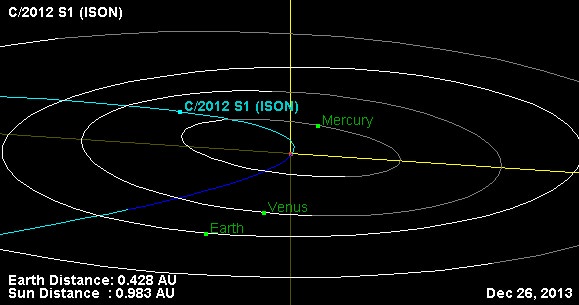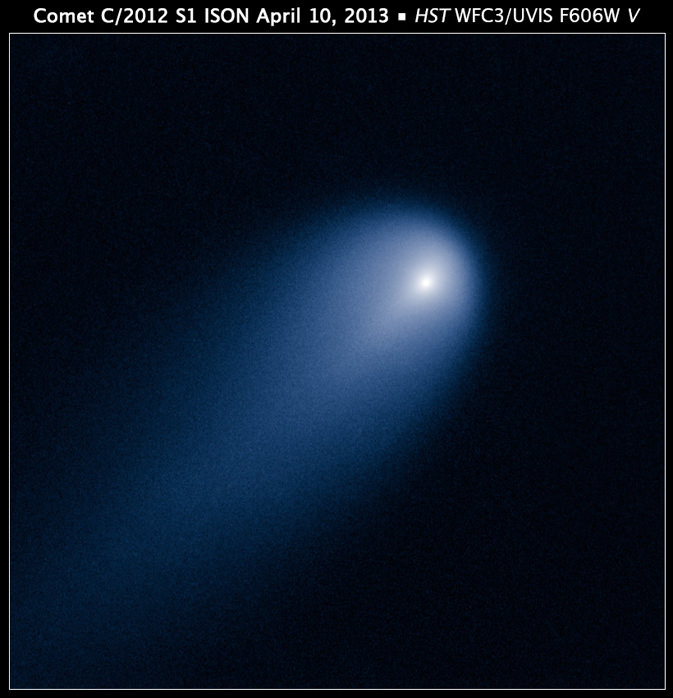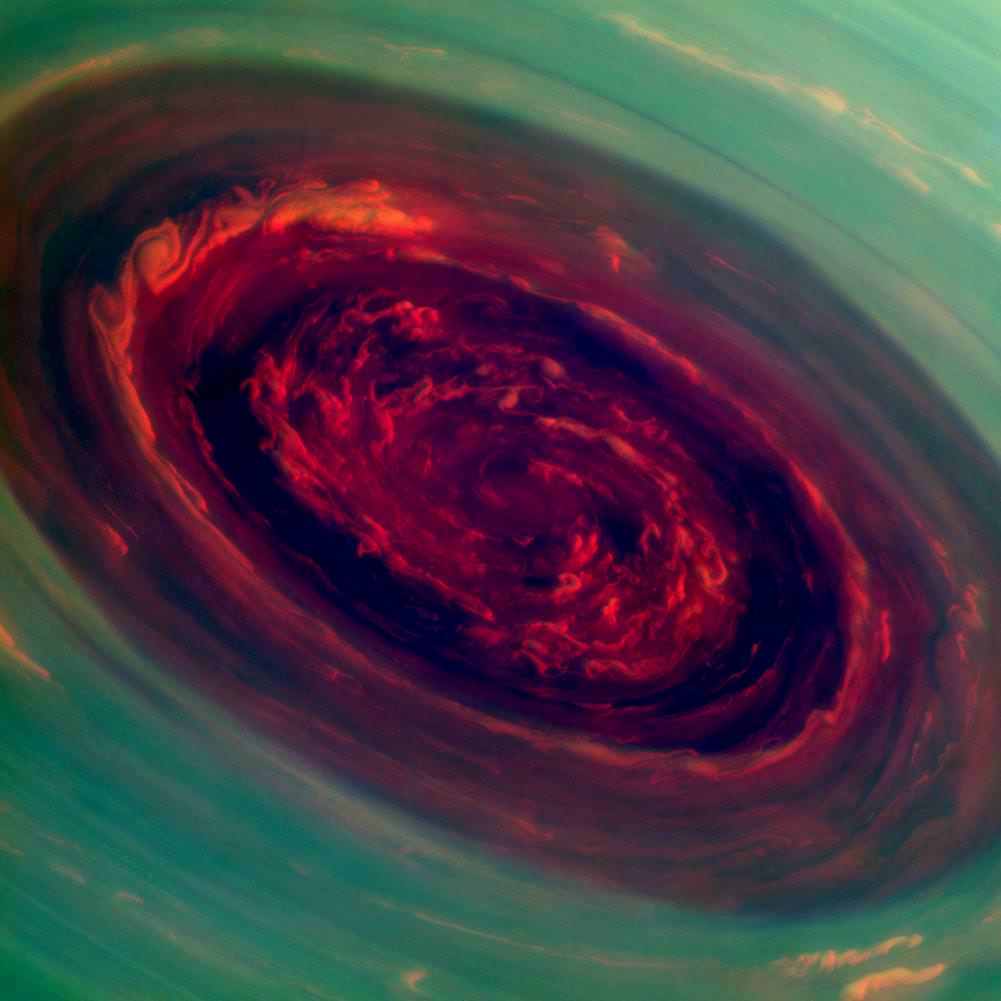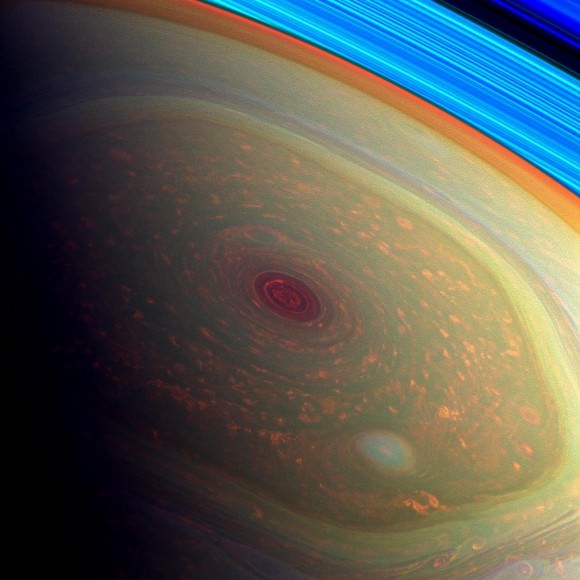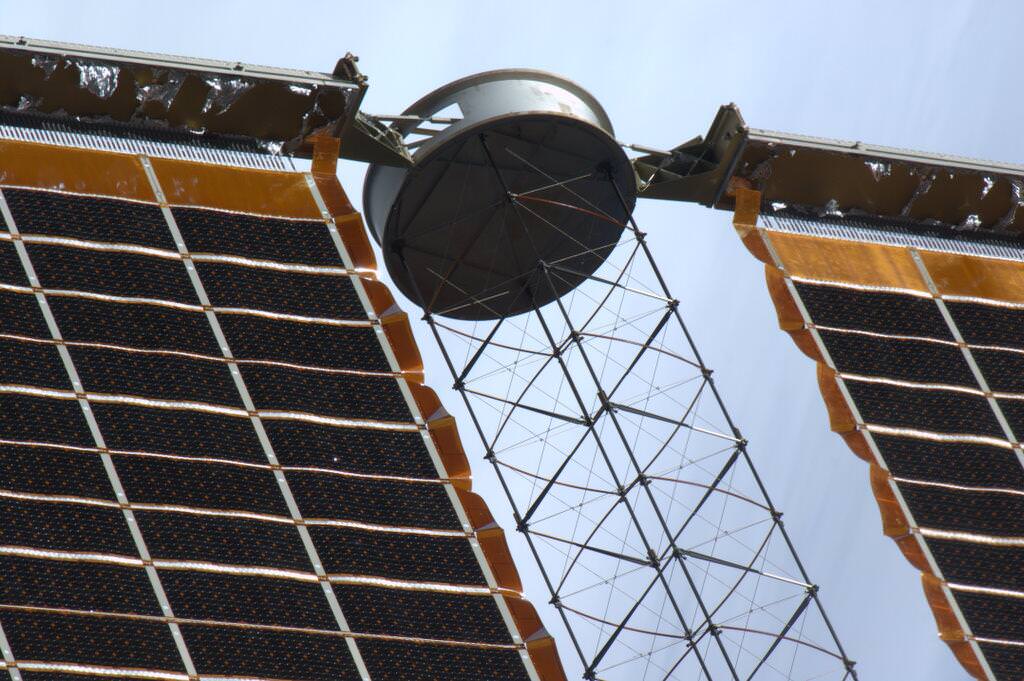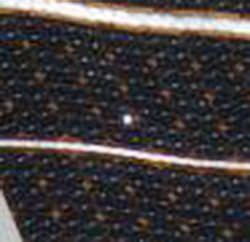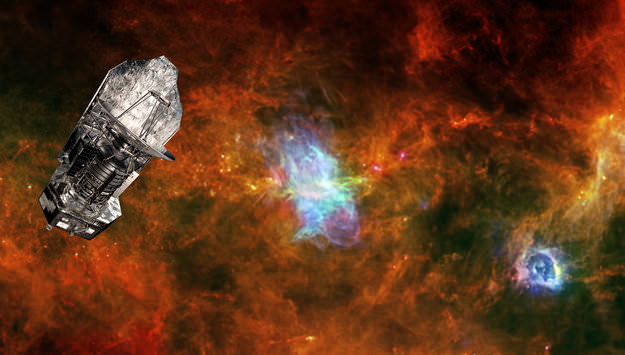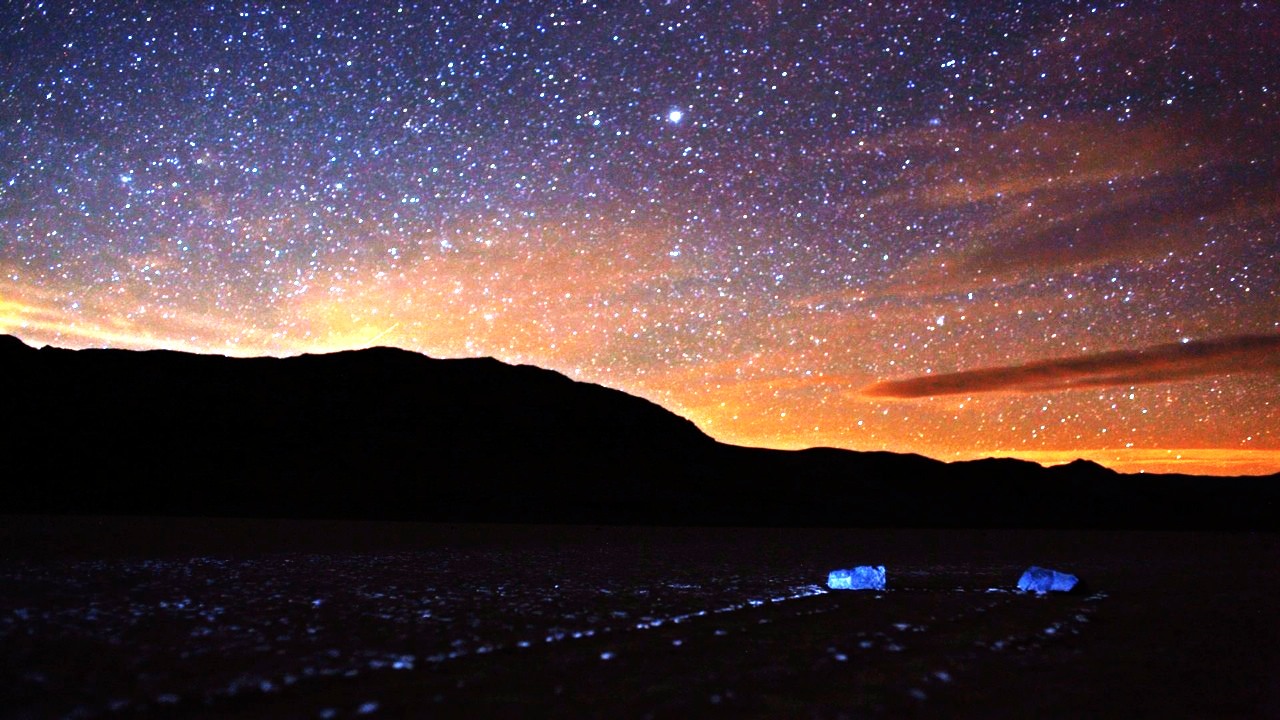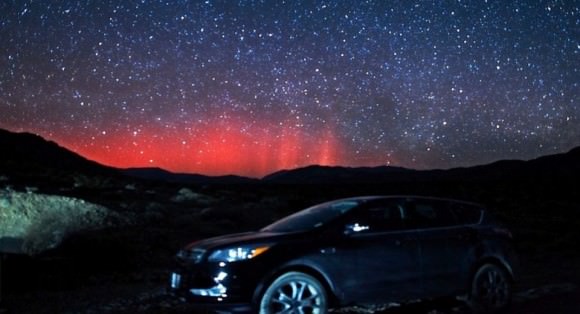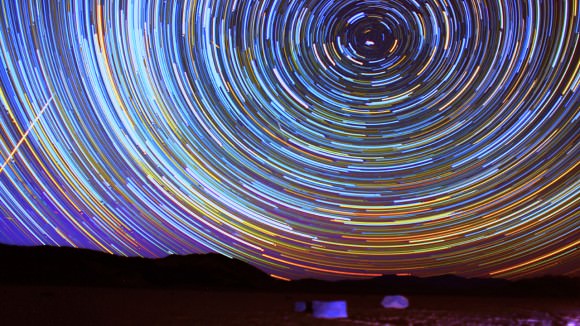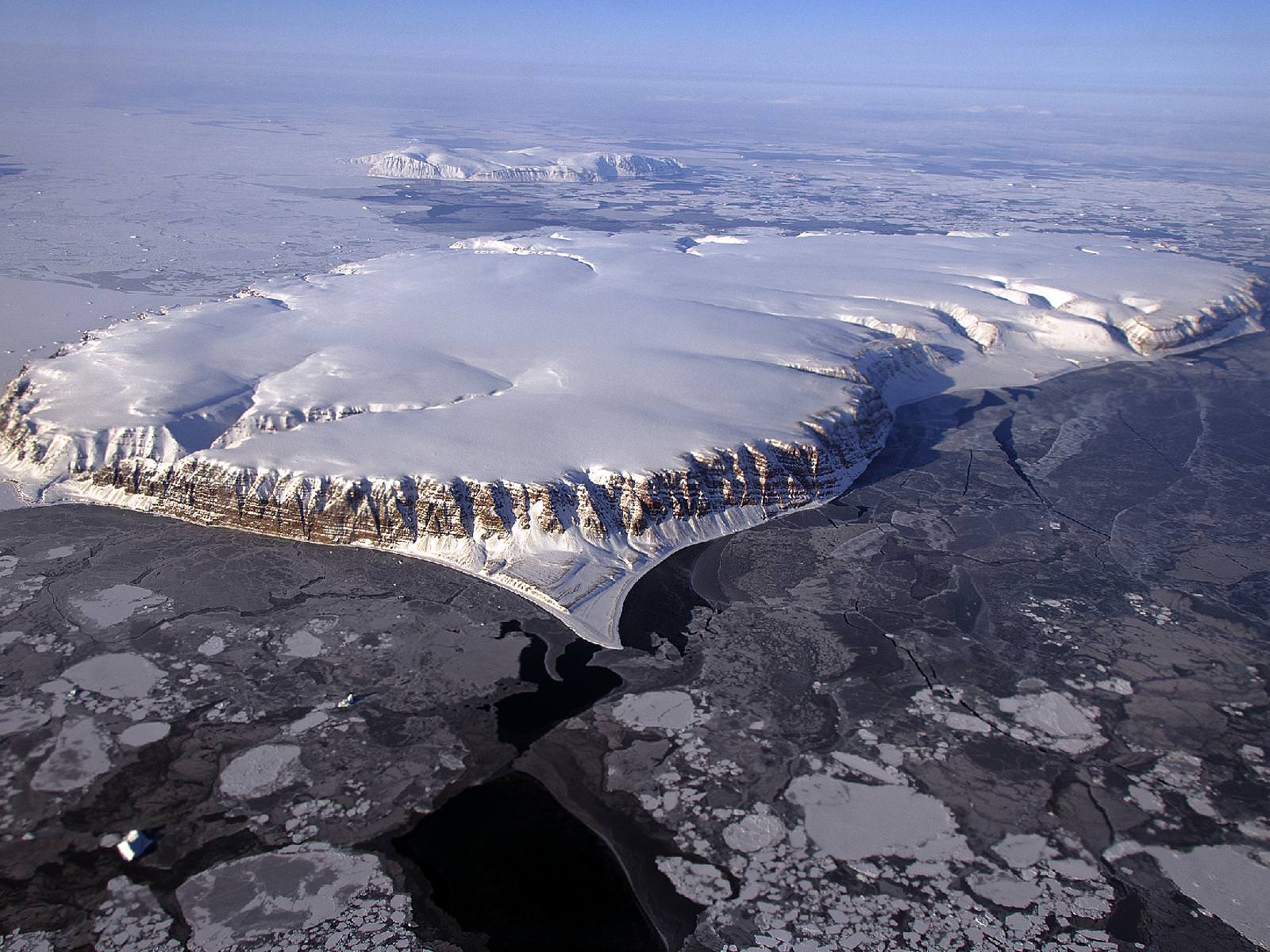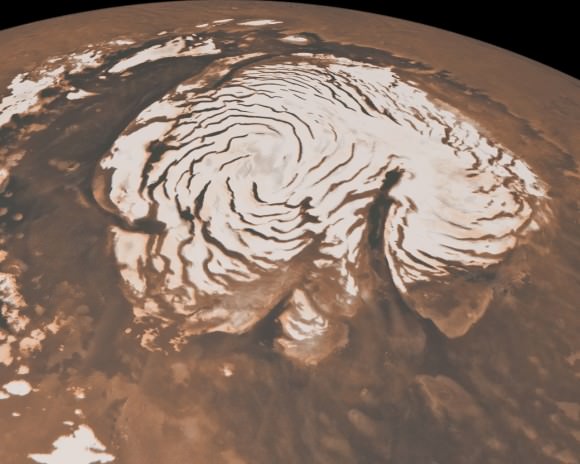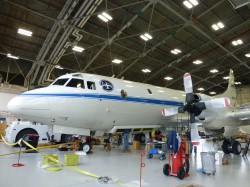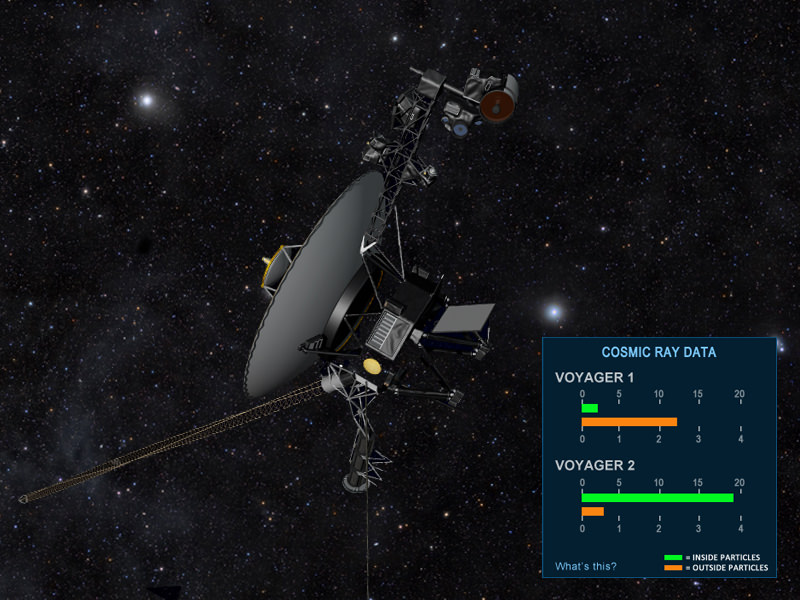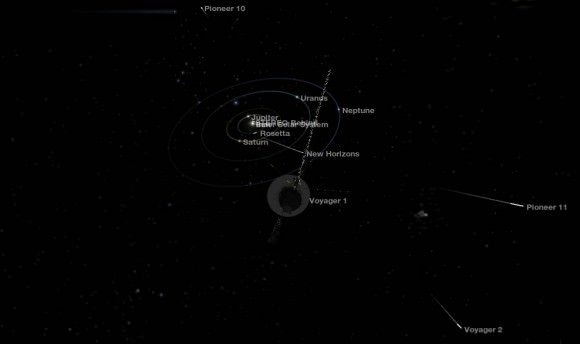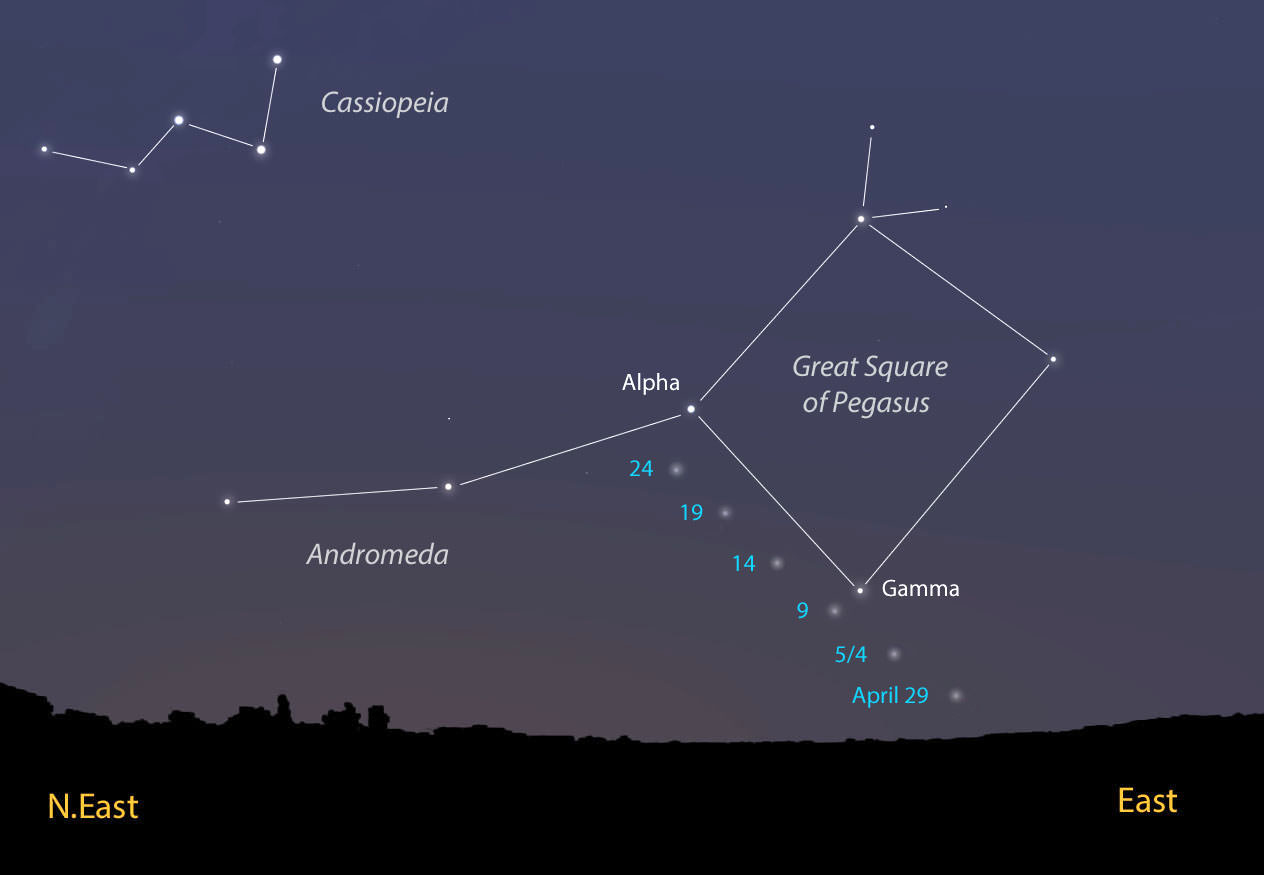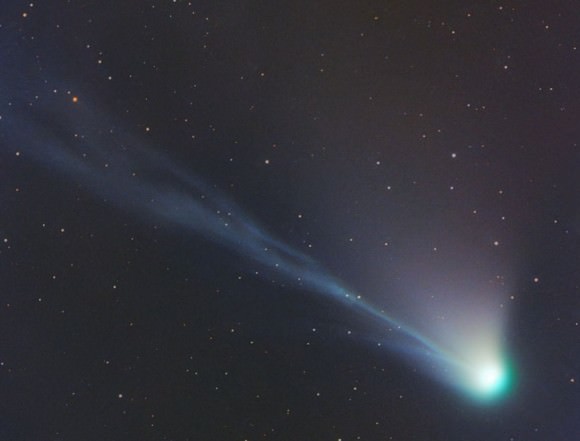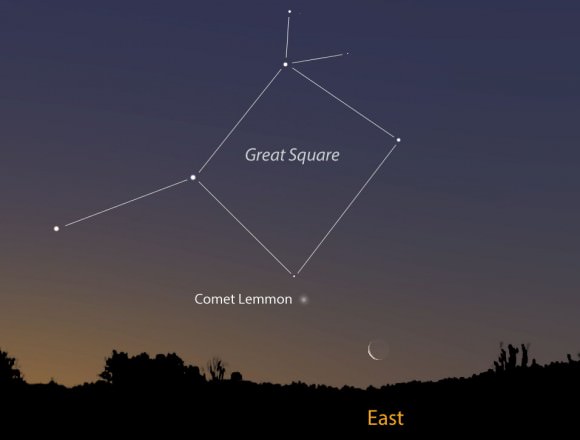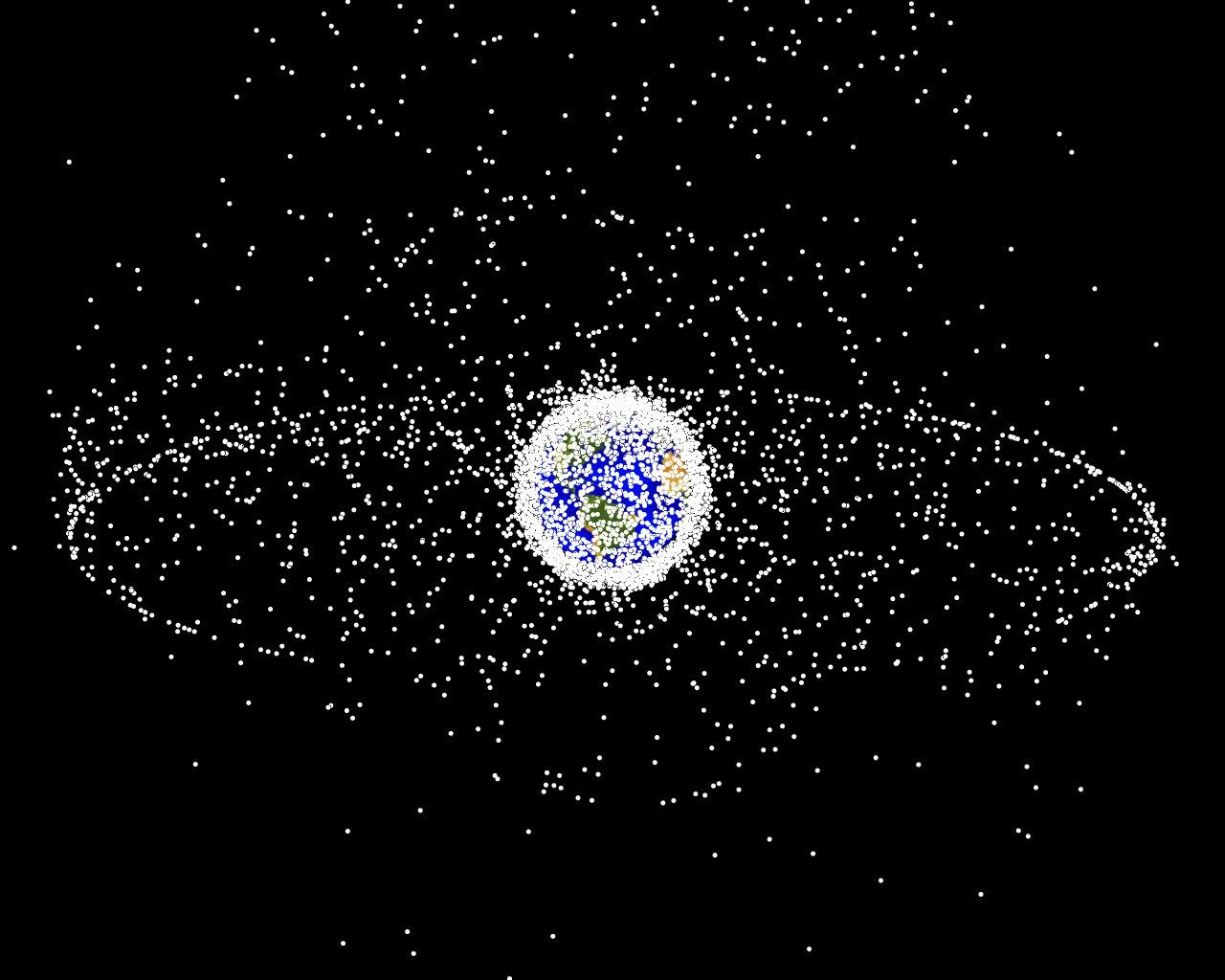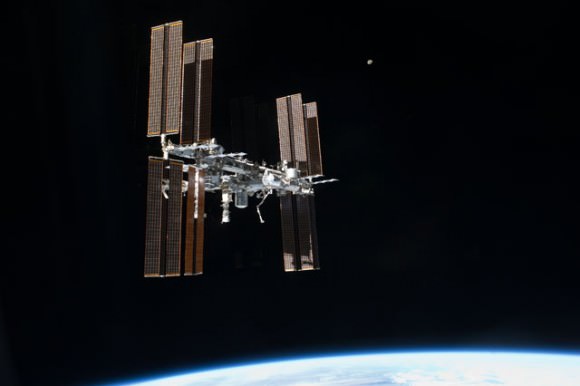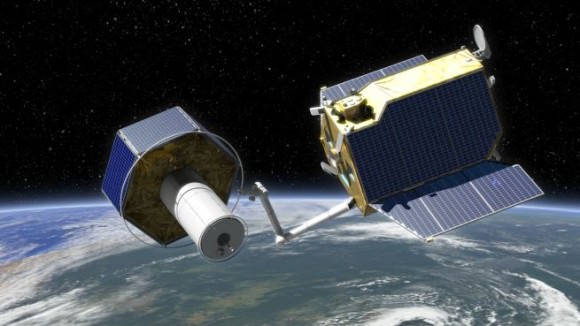Comets always seem to bring ‘em out of the wood work.
There’s a scene from the 1998 movie Deep Impact where the president, played by Morgan Freeman, reveals a terrible truth… the U.S. government has known for over a year that a doomsday comet is headed straight towards Earth, with Hollywood CGI destruction sure to follow.
While dramatic, the scenario is also extremely implausible. On any given evening, amateur astronomers are sweeping the skies using telescopes mounted in backyard observatories that are the envy of many major universities. This effort to discover comets is collaborative and worldwide. If the “Big One” were headed our way, even the likes of Morgan Freeman couldn’t keep it secret.
Trouble is, many unfounded claims are already making their way around the internet about this years’ much anticipated “Comet of the Century,” C/2012 S1 ISON.
Many of these conspiracy theories seem to be a recycling of last years’ Nibiru nonsense. The train of thought runs something like this: Does NASA know something that they’re not telling us? Why are they so interested in this comet? We’ve even had folks ask us why certain patches of Google Earth are “blacked out!”
What ARE they hiding, man?
It’s funny how pseudoscience seems to bubble to the top on YouTube, but I won’t give these conspiracy videos the exposure of the Universe Today platform. With hundreds of thousands of hits, they certainly don’t seem to need it. A simple YouTube search of “ISON” will scare up many wacky ideas about the comet.
In any event, we’ve already fielded several questions from friends and the public on the “dangers” posed by this comet, so we can only imagine that these will grow in intensity as the comet approaches the inner solar system, especially if it performs up to expectations.
What are some of the conspiracy theories out there about Comet ISON?
One currently circulating claim states that Comet ISON has “companions” that have been imaged trailing it. While comets do indeed fragment on occasion, the culprits that can be seen in the .gif animation circulating the internet are easily identified by photography experts as hot pixels in the camera.
Another even more extravagant claim is that Comet ISON will somehow appear “as bright as the Sun.” Even if Comet ISON reaches an expected magnitude equal to that of the full Moon at -13, it will do so when it is less than a degree from the Sun. Our Sun shines at magnitude -26.74, or over 158,000 times brighter, so it would be very difficult for this comet to compete with the Sun’s brightness in the daytime!
Others seem to worry that this comet — or particles from ISON — could impact Earth. Comet ISON will be making its inner solar system passage safely 0.426 A.U., or a little over 63 million kilometers from Earth even on its closest approach on December 26th. Scientists have defined this comet’s orbit very precisely, and it won’t hit Earth. So, no Comet ISON is not Nibiru — that ‘tenth planet’ destined to destroy Earth that conspiracy lovers can’t seem to let go of.
The debris — which might create a very nice meteor shower — is made up of extremely tiny grains of dust, no more than a few microns wide. Since they will be hitting Earth’s atmosphere at speeds up to 200,000 km/hr (125,000 miles per hour), the particles will burn up.
Here’s a video NASA released about the potential meteor shower from ISON:
Other claims focus on how this comet may cause earthquakes or wreak other untold havoc on Earth. This type of comet hysteria is nothing new. Name a bright comet in history, and you can find a historical event for a convenient tie-in. When haven’t there been earthquakes, pandemics, and wars in history? Plus, according to the US Geological Survey, on any given day there will be an average of 2,750 earthquakes around the world of which 275 are large enough to be felt by humans. But only about 100 earthquakes a year are large enough to cause any damage.
And so, its too easy to tie the “causes” of earthquakes and other events to comets in the sky. Comets have been seen before and during the Norman invasion of England in 1066, an outbreak of the Black Plague in London in 1665, and much more. Gary Kronk maintains a wacky and wonderful list of historical (and sometimes comical) comet “signs and omens” on his Cometography site.
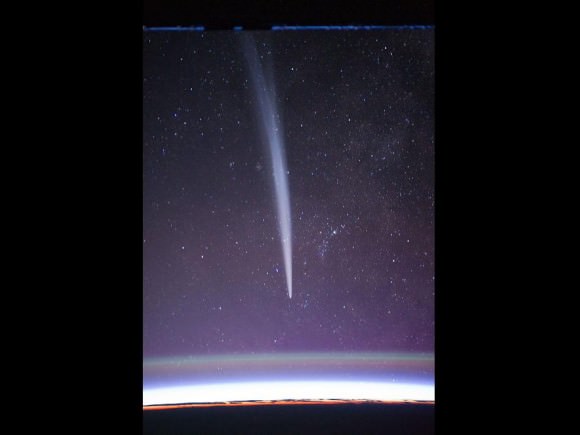
Halley’s Comet produced one of the first great comet hypes of the 20th century with its 1910 passage. Ironically, another comet made a brilliant passage just a few months prior, which became known as the Great Comet of 1910. In fact, many viewers in the general public actually saw this comet and confused it with Halley’s! The recent discovery of cyanogen in the comet’s spectra sparked a panic in the public as hucksters made a small fortune hawking “comet pills” and gas masks to panicked buyers. Never mind that folks ingest more toxic carcinogens from their daily environment than are ever seeded by the tenuous tails of comets.
Another curious bit of hype sprung up in 2011 around Comet Elenin, which promptly broke up and dissipated without even putting on a show. And the supposed earthquakes that conspiracy theorists predicted? Well, the evidence speaks loudly: nothing happened. And the same will be true of Comet ISON. It won’t cause any earthquakes or other disasters. As Don Yeomans from NASA said about Comet Elenin, “It will have an immeasurably miniscule influence on our planet. By comparison, my subcompact automobile exerts a greater influence on the ocean’s tides than comet Elenin ever will.”
So, what’s the harm in all the comet hysteria? Well, one only has to look at the mass suicide of the Heaven’s Gate cult in 1997 to realize that it can be no laughing matter. The suicide was sparked by the idea popularized on the late night Coast to Coast with Art Bell radio show that a spacecraft had been spotted following Comet Hale-Bopp.
Dozens of comets are discovered every year. A great majority are tiny iceballs in unfavorable orbits that never rise above magnitude +10 and are thus of little interest to backyard observers. A couple of times a year, a comet might reach magnitude +6 to +10 and become a fine binocular object.
When a discovery is made — be it by amateur or professional — the first task is to gain enough observations of the object to ascertain its orbit. Once again, we see the international collaborative methods employed by modern science. Already, the cosmic cat’s out of the bag as observatories worldwide make follow up measurements. There are no secrets about Comet ISON that hundreds of astronomers could keep quiet.
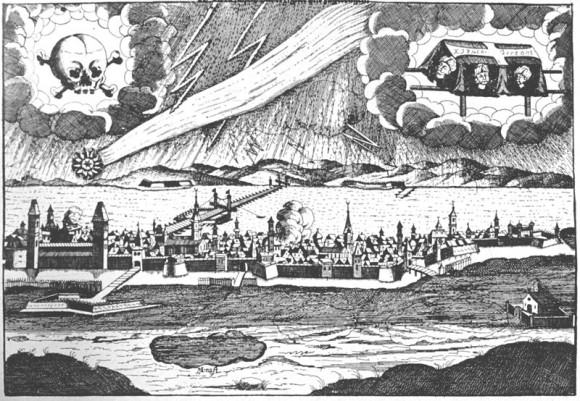
But here are some facts about Comet C/2012 S1 ISON. It was discovered last September by Russian amateurs Vitali Nevski and Artyom Novichonok while making observations for the International Scientific Optical Network (ISON), hence the comet’s name. At the time, it was farther than Jupiter and impossibly faint, but once ISON’s orbit was determined, astronomers realized the comet would pass only 1.1 million miles from center of the Sun (680,000 miles above its surface) on November 28, 2013.
Comet ISON belongs to a special category of comets called sungrazers. As the comet performs a hairpin turn around the Sun on that date, its ices will vaporize furiously in the intense solar heat. Assuming it defies death by evaporation, ISON is expected to become a brilliant object perhaps 10 times brighter than Venus, or maybe even brighter. But that would only occur for a brief time around at perihelion (closest approach to the Sun).
In the end, Comet ISON may put on a good show, but don’t believe the hype.
Comets are notoriously unpredictable when it comes to brightness estimations. To quote comet-hunter David Levy, “Comets are like cats… they have tails, and they do exactly what they want.” But they cannot, however, violate the laws of orbital mechanics!
